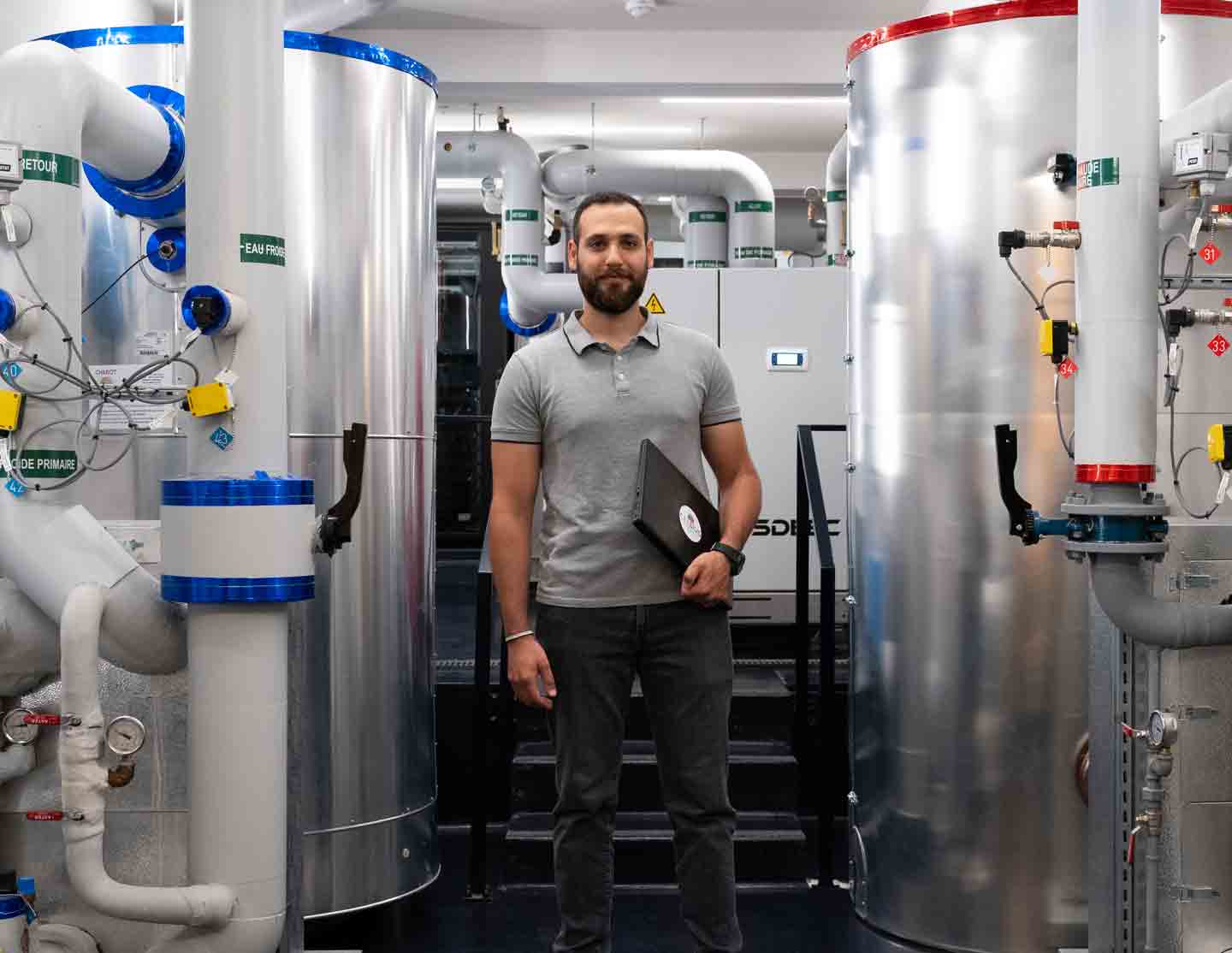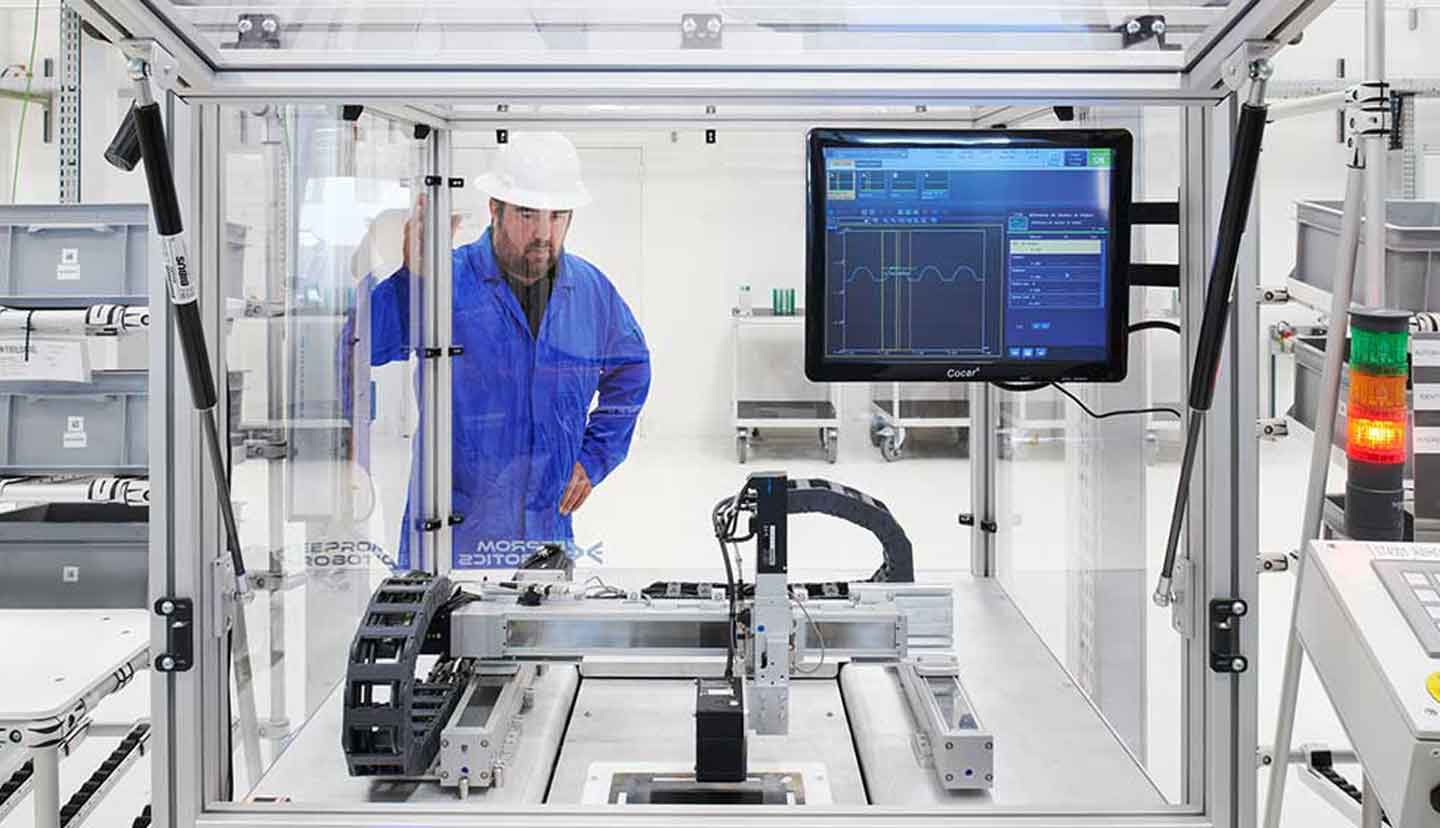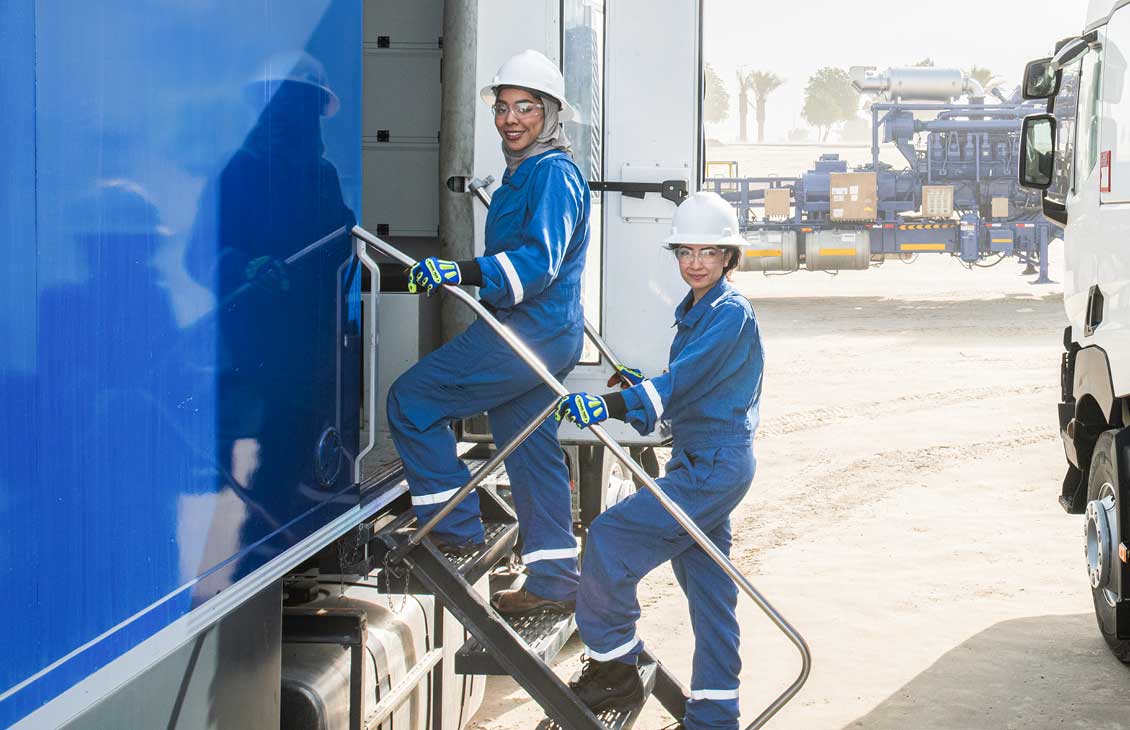SLB recognized as a sustainability leader with two SEAL Awards 2025
SLB wins 2025 SEAL Awards for sustainable lithium production and emission reduction.


The global transition to low-carbon energy systems is pressing—we recognize the need for society to find alternatives to fulfill the world's energy needs. It is not a task to be taken lightly. It's complicated and requires innovation, a new embedded approach to sustainability, and companies with the vision and capabilities to navigate and deliver on complex challenges.
What will it take to make a global impact?
Thought leaders from around the world share their vision and experiences.
How to execute a fully integrated, chemical enhanced oil recovery project—the latest advancement in the field.
Here's a comprehensive checklist of the digital transformation modern oil and gas operators often undertake.
Alex Gorodetsky, Chief AI Scientist at Geminus, answers your biggest questions about the potential of PI-AI.
The oil and gas industry stands to gain a lot from AI, so long as it clearly understands the risks involved.

Discover stationary storage solutions to access power when you need it.

Making hydrogen an energy carrier of choice to enable the global energy transition.

Powering the electrification boom with virtually no footprint.

Working together to abate emissions
Making better decisions faster
Improving performance in the oil and gas industry
Accelerating the transition to low-carbon energy




